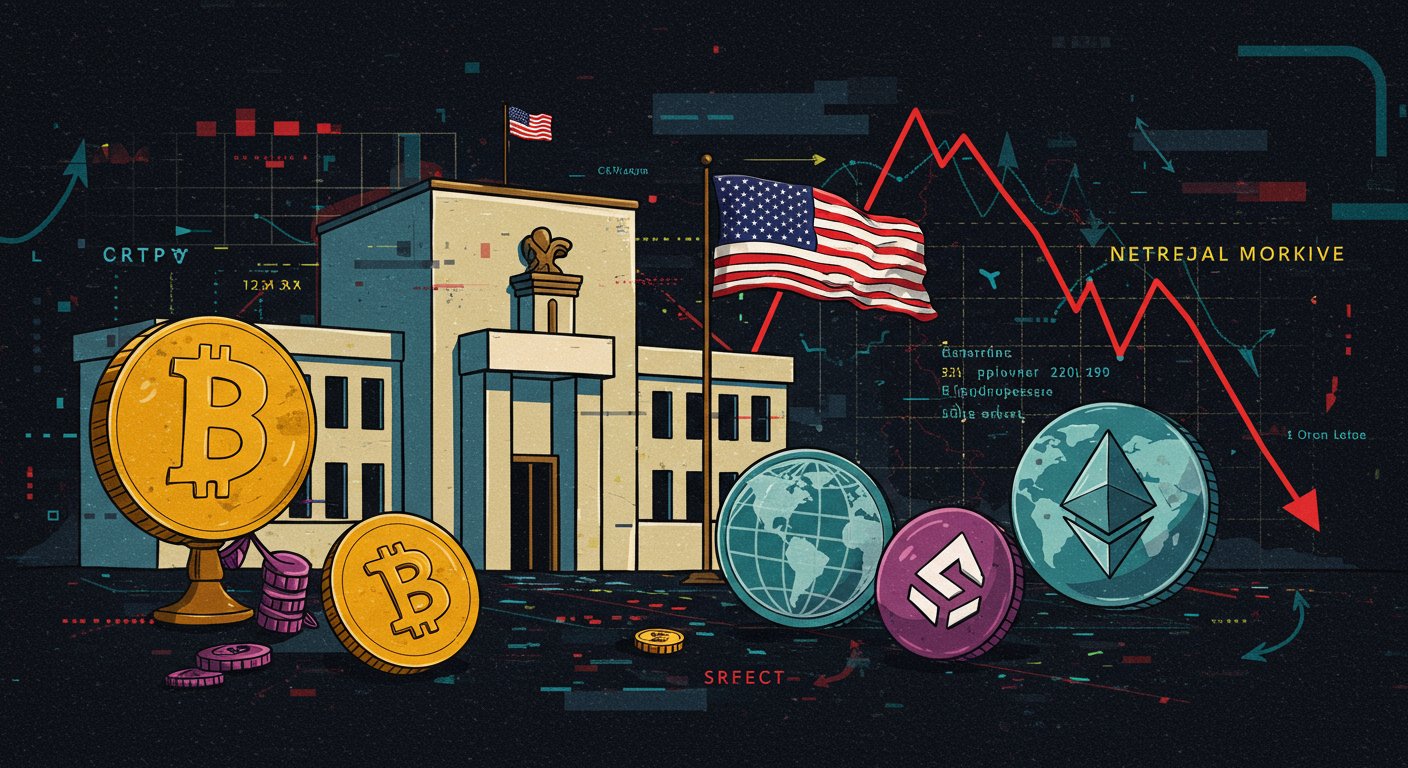
Understanding Quantitative Easing: A Primer for Crypto Enthusiasts
In the complex world of finance, central banks wield a powerful tool known as quantitative easing (QE). Though not a household term, it has become a significant factor influencing traditional and crypto markets alike. In this article, we’ll delve into QE, unraveling its mechanics, exploring its impact on the crypto space, and analyzing its pros and cons.
QE: A Non-Traditional Monetary Policy Tool
QE represents a non-traditional monetary policy tool employed by central banks, particularly when conventional measures like lowering interest rates prove inadequate. It gained prominence during the 2008 financial crisis as a means to stimulate economic growth.
The essence of QE is to boost economic activity by expanding the money supply. This is achieved through a series of interconnected steps:
- Asset Purchases: Central banks buy government securities, primarily treasury bonds, from commercial banks and financial institutions. This injects fresh liquidity into the system.
- Increasing Money Supply: With an influx of cash, the money supply expands.
- Lowering Interest Rates: Banks, flush with liquidity, lower interest rates, making borrowing more affordable for consumers and businesses.
- Boosting Lending and Spending: As borrowing costs decrease, businesses invest more, and consumers spend more, driving economic growth.
While often described as “printing money,” QE is a more nuanced process. It doesn’t involve physically printing new bills but increases the digital money supply – the balances held in bank accounts. This expansion of the money supply is not cryptocurrency; it’s regular money created by the central bank, enabling banks to extend more loans and stimulate economic activity.
QE’s Impact on Crypto Markets: A Two-Sided Coin
QE doesn’t operate in isolation; its ripple effects extend into cryptocurrency markets, creating both opportunities and challenges.
QE’s Upward Push on Crypto Prices
As central banks inject liquidity into the economy, a portion of this newly available capital often flows into alternative assets like Bitcoin and altcoins, leading to price appreciation. The influx of liquidity creates a surge in demand across various asset classes, including cryptocurrencies, as investors seek opportunities for growth.
QE’s Potential for Fiat Currency Devaluation
Increased money supply can devalue fiat currencies, causing investors to seek safe-haven assets like gold and, increasingly, Bitcoin. The argument for Bitcoin as a store of value in times of fiat currency devaluation often gains momentum during QE periods.
The Flip Side: QE’s End and Crypto Volatility
When central banks reverse QE by shrinking the money supply, liquidity dries up, and borrowing becomes more expensive. This shift can negatively impact risk assets, including cryptocurrencies, leading to price corrections or even market downturns. This dynamic was observed in 2022 when the Federal Reserve initiated quantitative tightening (QT), causing Bitcoin to experience a significant price decline.
QE: Pros and Cons in Perspective
QE, like most economic policies, has both advantages and disadvantages that must be carefully considered.
Pros of QE:
- Stimulates Economic Growth: QE can jump-start economic activity by increasing lending and investment.
- Lowers Borrowing Costs: QE can lower interest rates, making it less expensive for individuals and businesses to borrow money.
- Prevents Deflation: QE can prevent deflation, or a general decline in prices, by boosting demand in the economy.
Cons of QE:
- Inflationary Pressures: Overuse of QE can lead to inflation, as an excessive increase in the money supply can erode the purchasing power of currency.
- Asset Bubbles: QE can fuel asset bubbles, leading to artificially inflated prices for assets like stocks, bonds, and real estate.
- Long-Term Policy Challenges: QE can add to national debt, making it more difficult for central banks to manage inflation and interest rates in the future.
Conclusion: QE Remains a Powerful Tool
Quantitative easing is a potent policy tool that can be effective in mitigating economic downturns and fostering growth. However, its use must be carefully managed to avoid unintended consequences, such as inflation and asset bubbles. As crypto markets become increasingly intertwined with the global financial system, understanding the mechanics and implications of QE is crucial for informed investing decisions.


